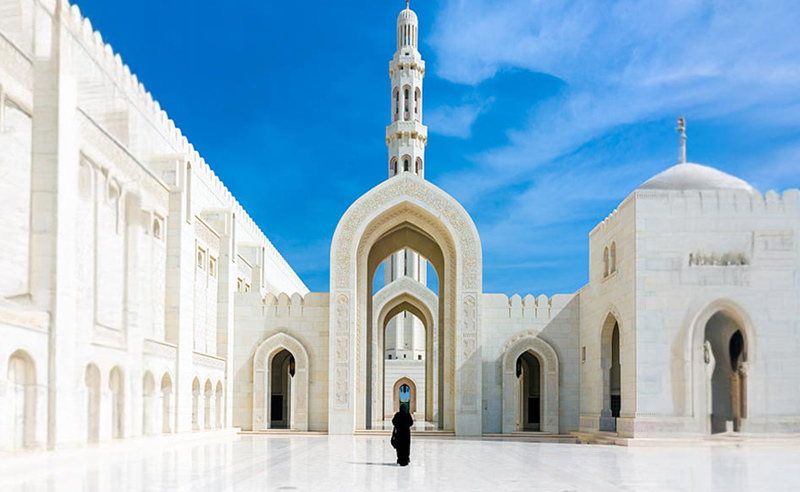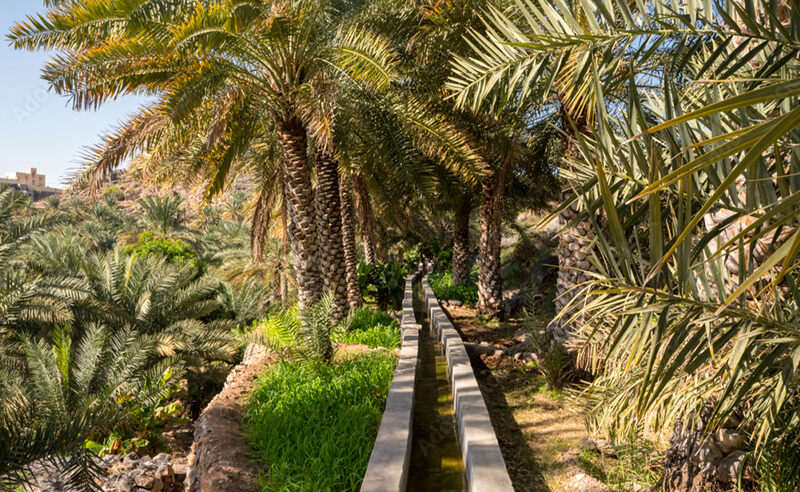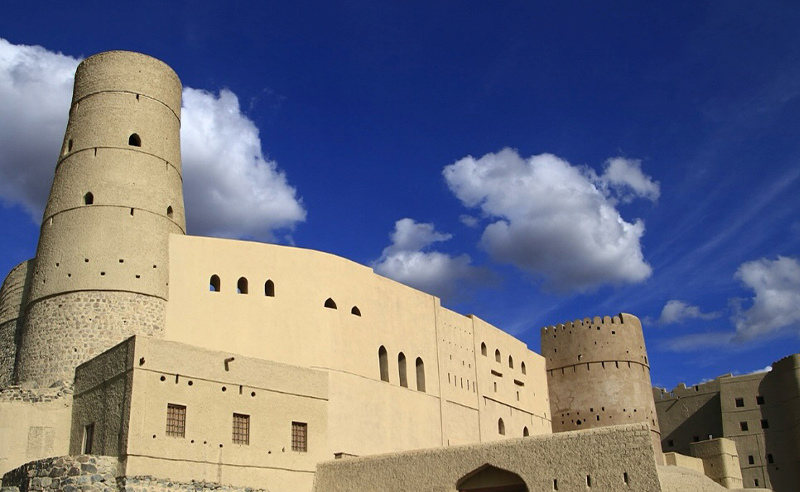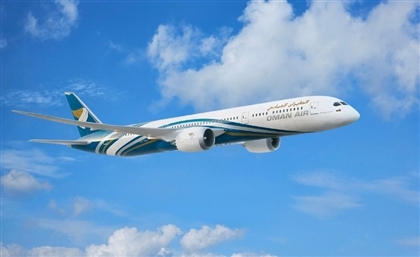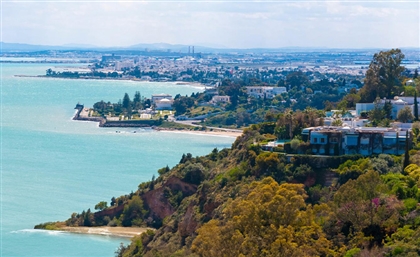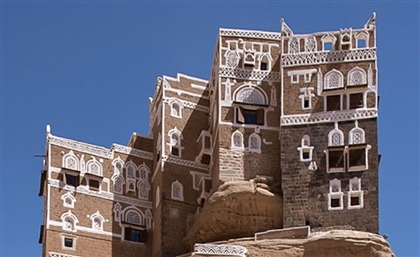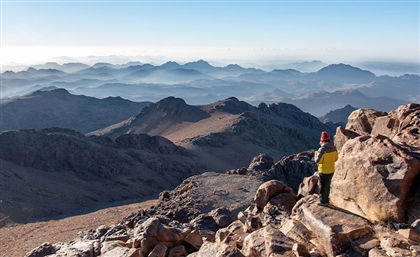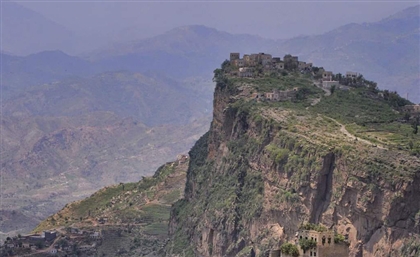Thanks for highlighting Oman’s cultural wonders, UNESCO. Here’s everything you need to know about them.
As the oldest Arab state with over 100,000 years of human history, the Sultanate of Oman is home to a wealth of cultural and natural treasures that have captured the imagination of poets and travellers for centuries.
From the rugged peaks of the Hajar Mountains to the pristine shores of the Arabian Sea, this mesmerising country possesses a diverse collection of sites that have been recognized by UNESCO for their cultural, historical, or natural significance – all things we look for when we’re choosing our next global destination.
To be considered for inscription on the prestigious World Heritage List, sites must meet at least one of ten criteria, which include representing a masterpiece of human creative genius, exhibiting an important interchange of human values, bearing a unique or exceptional testimony to a cultural tradition, or containing outstanding examples of geological formations and/or habitats of significant biodiversity.
So, we figure if it's good enough for UNESCO, it’s good enough for us. That’s why we’ve put together a list of the five Omani cultural sites that have been given UNESCO’s special designation, providing you with the information you need to dive into the rich history of this breathtaking Middle Eastern country.
Aflaj Irrigation Systems of Oman
📍Ad Dakhiliyah, Ash Sharqiyah South and Al Batinah South
⌛500 AD
Oman’s Aflaj Irrigation Systems are a feat of ancient engineering. These networks, which collect and transport water across the country using gravity, date back to 500 AD.
This revolutionary technology shaped the development of agriculture, particularly date palm cultivation, in arid Oman. There are more than 3,000 still-functioning aflaj water distribution systems in Oman, and UNESCO has highlighted five locations for their historical significance: Falaj Al Jeela, Falaj Muyasser, Falaj Daris, Falaj Malki, and Falaj Khatmein. Four of these sites are found in the Al Jabal Al Akhdar mountain range, and the fifth is located in the Sharqi mountains.
Ancient City of Qalhat
📍Ash Sharqiyah South
⌛11th–15th century AD
The remnants of this once-thriving port city are tucked into Oman’s rugged eastern coast, right by the Indian Ocean.
A bustling city centre of trade and commerce between the 11th and 16th centuries, Oman’s first capital – of which there is not much left – contains the remnants of necropolises, residences, workshops, and the tomb of an Omani queen, Bibi Maryam. Believed to have been commissioned in the 13th century by a local ruler in honour of his beloved wife, this mausoleum is the best-preserved monument in the historic city.
Those hoping to visit this site should be aware that, due to conservation efforts, it might not be open to the public.
Bat, Al-Khutm and Al-Ayn Archaeological Sites
📍Al Dhahira
⌛3rd Millennium BC
Dating back to the 3rd millennium B.C., the Archaeological Sites of Bat, Al-Khutm, and Al-Ayn provide a glimpse into the prehistoric settlements and burial grounds of Oman. These three sites cover 14 square kilometres and are situated within the rocky landscapes of the Al-Dhahirah Governorate.
A trip to these ancient sites gives travellers the opportunity to examine and explore the enigmatic ‘beehive tombs’ dotting the surrounding hills.
Older than the Pyramids of Giza, these tombs are free for anyone to visit.
Bahla Fort
📍Ad Dakhiliyah
⌛12th–15th century AD
The immense Bahla Fort can be found in a palm-filled oasis in the Omani desert.
The fort and settlement was the capital of the Banu Nebhan tribe, who dominated what is now central Oman from the 12th to the 15th century. An intricate irrigation system of wells and tunnels brings water from distant springs to this ancient settlement – a testament to the skills of mediaeval engineers in this region. Visitors to this heritage site can see the ornate Friday Mosque, the remains of a semi-covered market, and the towers and parapets of the fort’s walls.
This site is open to visitors, and is widely considered to be one of Oman’s top attractions
Land of Frankincense
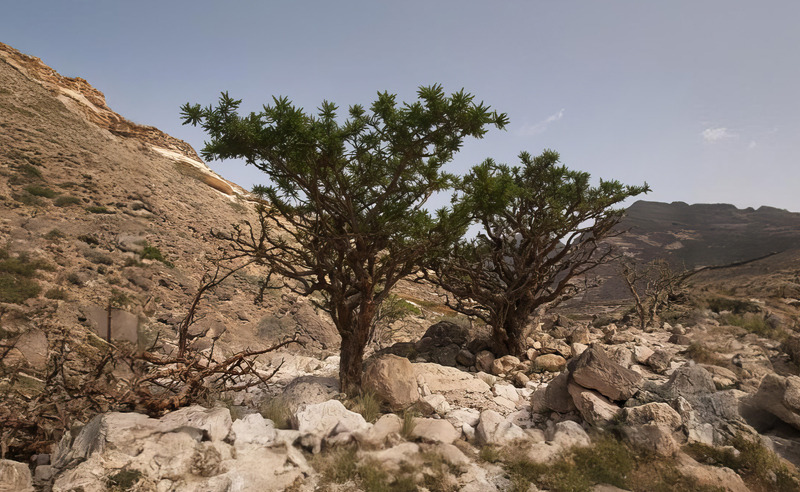
Oman’s Dhofar Governorate is one of the few places where frankincense trees still thrive. These plants carry important historical and economic significance in the region, as frankincense was one of the most luxurious trade items in ancient times.
There are four sites included in this UNESCO heritage listing that preserve the remains of the caravan trade of this precious commodity. One of these is the Frankincense Park of Wadi Dawkah, which allows visitors to learn about how incense is sourced. Another, Shishr, is an agricultural oasis that – in the past – allowed caravans transporting this precious resource to refuel on their trade routes. Sumhuram in the Khor Rori Nature Reserve is another component of this UNESCO World Heritage Site, and was once the heart of the world’s frankincense trade. A trip to this city offers views of structures from the 3rd Century BC to the 5th century AD, including storerooms and city fortifications. The final component of this heritage site is the Al Baleed archeological park. Although this site is open to the public, it is also still being explored, with new discoveries being made. This park includes a Frankincense museum, citadel, and more.
The best time to visit this area is in April, when the fragrant frankincense trees are in bloom.
